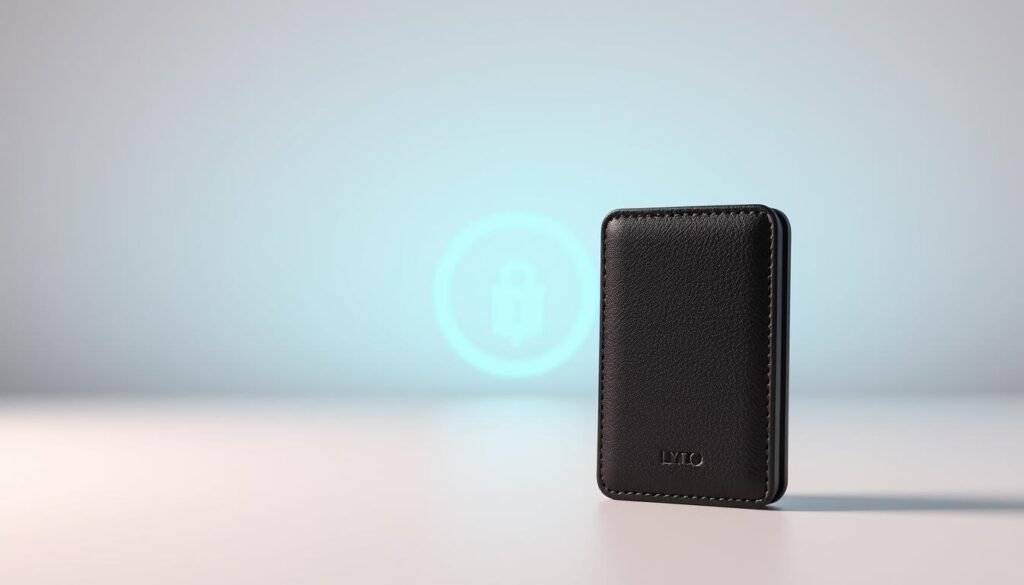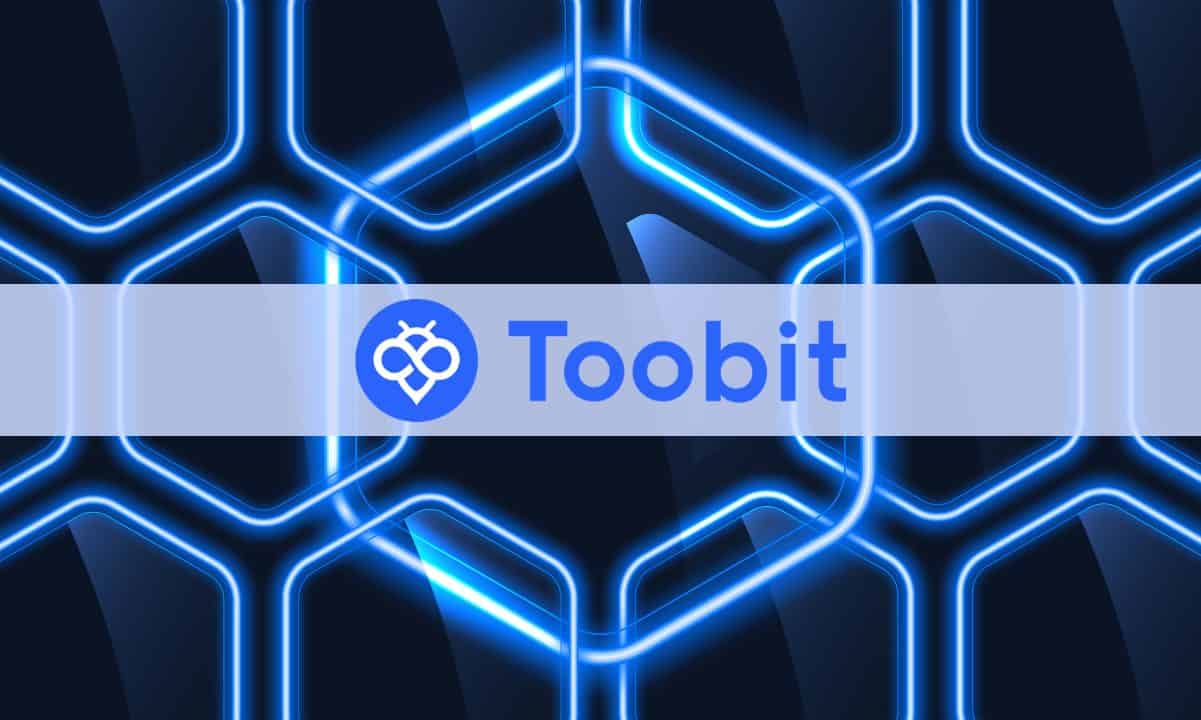
Crypto Wallet: What is the best wallet?
Managing digital assets securely starts with the right tools. A crypto wallet is more than just storage—it’s your gateway to controlling funds and protecting sensitive information. According to NerdWallet, these tools safeguard private keys, the secret codes that prove ownership of your holdings. Without them, you risk losing access permanently.

Choosing the best option ensures your assets stay safe. Wallets vary widely, from software-based hot solutions to offline cold devices. Brands like Ledger, Trezor, and Zengo each offer unique security features and user experiences. This guide will compare their strengths, weaknesses, and integrated services.
Security is non-negotiable. Losing your keys means losing your funds forever—no exceptions. That’s why understanding wallet types matters. We’ll explore how hot wallets balance convenience with risk, while cold options prioritize offline protection.
By the end, you’ll know what to prioritize: ironclad security, intuitive design, or extra features like staking. Let’s simplify your search for the ideal solution.
Understanding Crypto Wallets
Digital ownership hinges on tools that protect and manage access to your blockchain assets. These solutions combine advanced security with user-friendly interfaces, ensuring you retain full control over your holdings.
Definition and Role of a Crypto Wallet
A crypto wallet doesn’t store coins—it safeguards private keys, unique codes that prove ownership and authorize transactions. Think of it like a bank account: your public key acts as an account number for receiving funds, while the private key functions as a password. Non-custodial options, such as Ledger devices, let users manage their keys directly, eliminating reliance on third parties.

Why Secure Storage Matters for Digital Assets
Losing access to your keys means losing your assets permanently. NerdWallet reports that 20% of Bitcoin remains inaccessible due to misplaced credentials. Hardware tools like Trezor prioritize offline storage, shielding keys from hackers. Secure storage isn’t optional—it’s the foundation of asset protection.
| Feature | Non-Custodial Wallets | Custodial Wallets |
|---|---|---|
| Key Control | User holds keys | Third-party manages |
| Security Level | Higher (offline options) | Varies by provider |
| Recovery Method | Seed phrase backup | Password reset |
Choosing between these models affects both security and convenience. Self-managed wallets reduce exposure to exchange breaches but require meticulous key storage. Always prioritize solutions with multi-layered encryption and proven track records.
How to Choose a Crypto Wallet
Selecting the right storage solution depends on balancing convenience and security. Internet-connected tools (hot storage) and offline devices (cold storage) serve different needs. Let’s break down their strengths and weaknesses.
Hot Storage vs. Cold Storage
Hot storage tools stay online, making transactions quick. Apps like MetaMask allow instant swaps or purchases. However, constant internet access increases exposure to hacking. Cold storage devices, such as Ledger Nano, keep keys offline. This eliminates remote attacks but requires physical access for transfers.
Prioritizing Essential Features
When evaluating options, consider these factors:
- Asset compatibility: Ensure the tool supports coins you own or plan to buy.
- Transfer flexibility: Moving funds between hot and cold storage should be straightforward.
- Additional services: Some platforms offer staking or direct purchases.
| Feature | Hot Storage | Cold Storage |
|---|---|---|
| Connectivity | Always online | Offline |
| Security Risk | Higher | Lower |
| Transaction Speed | Instant | Requires device connection |
| Best For | Frequent trading | Long-term holdings |
Always verify how private keys are stored. Hot tools often manage them automatically, while cold devices require manual backup. If you frequently buy digital assets, choose solutions with integrated purchase options to simplify transfers to secure offline storage.
Evaluating Hardware vs. Software Options
Balancing security and accessibility requires understanding how different tools manage your blockchain credentials. Physical devices and digital apps each address unique needs—let’s explore their strengths.
Advantages of Hardware Solutions
Hardware wallets like Ledger and Trezor store private keys offline, blocking remote hacks. Ledger’s Nano X uses a Secure Element chip—the same technology in passports—to encrypt data. Trezor’s open-source firmware allows community audits for vulnerabilities. Both support integration with apps like MetaMask for seamless transfers.
Pricing ranges from $79 to $149, depending on Bluetooth features or touchscreen displays. Recovery relies on a 24-word seed phrase, which NerdWallet recommends storing physically. Coincover partnerships add optional insurance against loss.
Benefits of Software-Based Tools
Mobile and desktop apps prioritize speed. Exodus and Trust Wallet enable instant swaps and DeFi access without external devices. Built-in exchanges let users trade assets directly within the interface.
However, internet connectivity increases exposure risks. Most apps automatically back up keys via encrypted cloud storage. While convenient, this centralizes trust in third-party providers.
| Feature | Hardware Wallets | Software Apps |
|---|---|---|
| Security | Offline storage, tamper-proof chips | Encrypted cloud backups |
| Accessibility | Requires physical device | Instant access from any device |
| Recovery | Seed phrase + optional insurance | Password reset or biometrics |
| Best For | Large holdings, long-term storage | Daily transactions, DeFi activity |
Choose hardware solutions for maximum protection or software tools for flexibility. Your decision hinges on whether asset safety or transactional speed matters more.
Overview of Top Hot Wallets
Navigating the world of digital finance requires tools that combine accessibility with robust features. Hot storage solutions excel here, offering instant transaction capabilities while staying linked to online networks. Leading options like Zengo and Trust Wallet simplify asset management through intuitive interfaces and advanced integrations.
User Experience and Integrated Services
Top-rated providers prioritize ease of use. For example, Coinbase Wallet integrates directly with its exchange, letting users swap tokens in seconds. MetaMask’s browser extension connects seamlessly to decentralized apps (DApps), while Exodus offers built-in staking for assets like Solana.
These tools also partner with major platforms to expand functionality. Crypto.com Onchain links to Visa card rewards, and Trust Wallet supports over 10 million digital assets. NerdWallet highlights Zengo’s biometric login and lack of seed phrases as standout security innovations.
| Wallet | Key Features | Supported Assets | Exchange Connectivity |
|---|---|---|---|
| MetaMask | DApp browser, Ethereum-focused | ETH, ERC-20 tokens | Direct swaps via aggregators |
| Trust Wallet | Multi-chain support, staking | 100+ blockchains | Binance integration |
| Exodus | Built-in exchange, portfolio tracker | 300+ cryptocurrencies | FTX partnership (historical) |
When choosing a provider, prioritize apps with clear navigation and responsive customer support. Mobile performance matters—options like Crypto.com Onchain load transactions 40% faster than competitors. Always verify if the tool aligns with your preferred exchanges or DeFi platforms.
Deep Dive into Cold Wallet Security
Protecting digital wealth demands solutions immune to online threats. Cold storage tools achieve this by isolating private keys from internet-connected devices. This approach neutralizes remote hacking attempts, making it the gold standard for safeguarding high-value holdings.
Enhanced Safety with Offline Storage
Cold storage eliminates exposure to phishing or malware attacks. By keeping credentials offline, these devices block unauthorized access even if your computer is compromised. NerdWallet notes that over $10B in assets remain secure through this method annually.
Leading brands like Ledger and Trezor use specialized hardware to fortify protection. Ledger’s Secure Element chip encrypts data at the hardware level, while Trezor’s open-source firmware allows transparent security audits. Both require physical confirmation for transactions.
Comparing Ledger and Trezor Offerings
Here’s how top cold storage options stack up:
| Feature | Ledger Nano X | Trezor Model T |
|---|---|---|
| Price | $149 | $219 |
| Security Chip | CC EAL6+ Certified | None (Software Isolation) |
| Recovery | 24-word phrase + Coincover | 12-word phrase |
| Integrations | Bluetooth, 100+ apps | Touchscreen, 1,600+ coins |
Ledger’s Bluetooth support simplifies mobile use but introduces minimal wireless risk. Trezor’s touchscreen offers intuitive navigation but lacks a tamper-resistant chip. Both provide seed phrase backups, though Ledger partners with Coincover for optional recovery insurance.
Recent breaches, like the $600M Poly Network hack, bypassed hot storage but left cold-held assets untouched. While less convenient for daily trading, these tools excel at long-term protection—ideal for investors prioritizing security over constant access.
Non-Custodial vs. Custodial Solutions in Crypto Wallets
Asset ownership in decentralized systems relies on how you control access. Non-custodial tools let users hold their private keys, while custodial services delegate this responsibility to third parties like exchanges. Understanding this distinction determines who truly “owns” your digital holdings.
Managing Your Own Private Keys
Self-managed solutions like Ledger devices put you in charge. You store private credentials offline, eliminating reliance on intermediaries. This approach prevents exchange breaches from affecting your funds. However, losing your keys means you lose access permanently—no recovery options exist without backups.
NerdWallet cites the 2014 Mt. Gox hack, where users lost $450M because the platform controlled their keys. Modern tools simplify self-custody with encrypted backups and seed phrases. For example, Trezor’s Shamir Backup splits recovery codes into multiple parts for added security.
Risks of Third-Party Custody
Custodial platforms handle key storage, letting users reset passwords easily. But this convenience comes with vulnerabilities. The 2022 FTX collapse froze $8B in client assets overnight. Even trusted exchanges can suffer outages or regulatory shutdowns, locking you out.
Third-party services also face constant hacking attempts. Chainalysis reports that $3.8B was stolen from custodial platforms in 2022 alone. Unlike self-managed tools, you can’t audit their security practices directly.
| Feature | Non-Custodial | Custodial |
|---|---|---|
| Key Control | User holds keys | Third-party manages |
| Security Responsibility | User-managed backups | Platform-dependent |
| Recovery Options | Seed phrase only | Email/password reset |
| Best For | Long-term holdings | Active trading |
To balance safety and convenience, use custodial services for small, frequent trades. Transfer larger amounts to non-custodial storage periodically. Always test recovery phrases offline and avoid digital copies of sensitive data.
Innovations in Crypto Wallet Technology
Emerging technologies are redefining how users interact with blockchain networks. Advanced protocols like multi-party computation (MPC) and seedless designs now offer stronger safeguards while simplifying asset management. These breakthroughs address critical vulnerabilities in traditional systems, merging ironclad security with intuitive access.
Next-Generation Security Features: MPC and Beyond
MPC replaces single-point failure risks by splitting private keys into encrypted fragments. Instead of relying on a 12-word phrase, this method distributes key segments across multiple devices. Transactions require collaboration between parties, neutralizing theft attempts. NerdWallet highlights MPC’s role in reducing exchange breaches by 73% since 2022.
Seedless solutions take this further by eliminating recovery phrases entirely. Users authenticate via biometrics or hardware tokens, streamlining access. However, these systems depend on decentralized backup networks—a potential limitation if providers discontinue services.
Exploring Tangem and Seedless Wallet Solutions
Tangem’s hardware approach integrates certified smartcard chips with NFC technology. Each card stores keys offline and uses fingerprint verification for transfers. Unlike traditional tools, no phrase exists—loss recovery involves activating a backup card. This design suits mobile-focused users who prioritize simplicity.
Modern apps now embed these innovations directly. Zengo’s MPC-powered interface allows seamless swaps between 70+ tokens without exposing credentials. Airgap Vault pairs a disconnected mobile app with a transaction-signing device, blending cold storage convenience with hot storage speed.
| Feature | MPC Wallets | Seedless Systems |
|---|---|---|
| Key Management | Distributed fragments | Biometric/hardware tokens |
| User Experience | Enterprise-friendly | Beginner-oriented |
| Recovery Method | Multi-device approval | Backup devices or cloud |
While legacy methods remain effective, next-gen tools minimize human error risks. As apps adopt these frameworks, expect faster transactions and fewer asset losses due to misplaced phrases.
Tips for Safeguarding Your Digital Assets
Protecting your investments requires proactive strategies that go beyond basic password hygiene. Even minor oversights in managing access credentials can lead to irreversible losses. Let’s explore proven methods to secure your holdings while maintaining accessibility.
Best Practices for Key Management and Recovery
Start by creating multiple backups of your recovery phrase. Write it on acid-free paper and store copies in fireproof safes or bank deposit boxes. NerdWallet advises against digital storage—even encrypted files can be hacked.
Follow this three-step process for safer transactions:
- Verify recipient addresses using QR codes instead of manual entry
- Test small transfers before moving large amounts
- Enable two-factor authentication for all linked accounts
Common errors include sharing seed phrases via email or losing track of hardware devices. One user accidentally sent $15K in assets to an incompatible address—a mistake preventable through address verification tools.
| Storage Method | Security Level | Ease of Access |
|---|---|---|
| Metal Engraving | Extreme (fire/waterproof) | Low |
| Encrypted USB | High | Moderate |
| Paper Backup | Medium | High |
Update your security protocols every six months. Check device firmware, revoke unused app permissions, and audit transaction histories. Combining physical safeguards with digital vigilance creates an unbreakable defense system for your holdings.
Conclusion
Securing your blockchain holdings begins with understanding your options. Hot storage tools offer convenience for daily transactions but remain vulnerable to online threats. Cold storage devices like Ledger and Trezor prioritize offline protection, ideal for long-term investors. Your choice hinges on balancing accessibility with ironclad safeguards.
Control over private keys remains non-negotiable. Losing these credentials means losing funds permanently—no third party can restore access. Modern solutions simplify recovery through encrypted backups or seedless systems like Tangem’s NFC cards. Innovations such as MPC technology further reduce risks by eliminating single points of failure.
Prioritize tools that match your habits. Frequent traders might prefer software apps with instant swaps, while holders of large portfolios benefit from hardware isolation. Always verify provider reputations and test recovery methods before transferring assets.
Your digital wealth deserves tailored protection. Review features, ask questions, and select solutions that align with your security needs and usage patterns. Informed decisions today prevent irreversible losses tomorrow.


















Post Comment